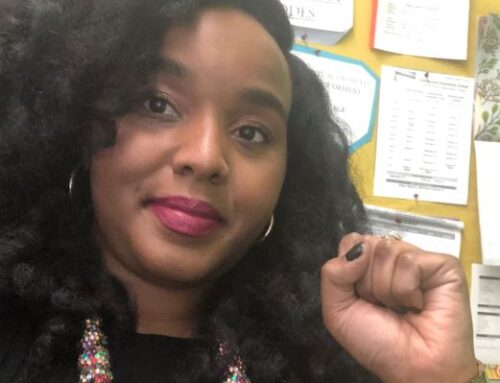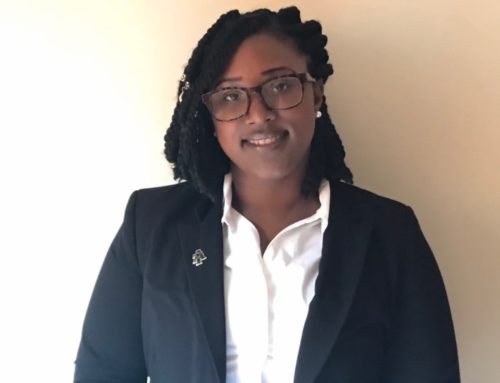One of the many problems in today’s schools is that we have a tremendous disconnect between the students, how and what schools teach and the manner in which it is taught. We are using agrarian age facilities, employing an industrial business model to teach third millennium youth. In a PBS Frontline program about Michele Rhee one of the scenes illustrated this disconnect perfectly. The scene was a teacher preparing students for the DC CAS exam. The most notable aspect of the scene was the aged classroom itself. The building looked as if it were built in the early 20th century. The floor boards were worn and old. The “chalkboard” was probably the original one from when the school was built. An overhead projector was the most advanced piece of instructional technology visible. The teacher was working very diligently to implement the latest initiatives mandated by her supervisors to ensure that the students met with success on the CAS exam. Most of the students seemed to be focused on her instruction however one student stood out that illustrates the disconnect between the instructional methods and the post-modern student. He was totally tuned out to what she was saying and doing but very tuned in to his mp3 player. His ear buds were in both ears, his head was bobbing as he searched his device for the next song. There was a lot wrong with that picture.Watch Full Movie Online Streaming Online and Downloadwatch movie The Lost City of Z nowwatch full movie The Boss Baby onlinemovie Beautiful AccidentBeautiful Accident streaming
If we, as a society, truly care about our children and the future of the nation we must be willing to invest in them. We have the means and the ability to build the most technologically advanced and superior educational environments that have ever been created in the history of man. There is no reason why any child should be educated in dilapidated, outdated and most of all outmoded buildings. How can we expect our teachers to provide our children with the best instruction if they do not have the best tools and environments in which to teach? Too many of today’s schools, especially in urban, underserved, minority communities face this challenge. We are still using buildings that were designed for an age that no longer exists. Both the teachers and the students that work in these facilities are being told that they and their work are not valued. One of the most important keys to successful teaching is creating a learning environment that is nurturing and supportive of students. It provides them with a sense of their identity and self-worth. Too many of our schools communicate the wrong idea to our youth. They tell them that they are not important and what they learn and do is of little value. Children do not understand the “challenges” of education finance and taxation; the contemporary political excuses for why we cannot improve school facilities. But they can intuit their self-worth and who values them by what they experience. If someone were to tell you for 181 days of the year for 12 years that we really do not care enough about you to provide you with the best we have available how would you respond? You would probably be quite disinterested in what they had to say and devalue them. In other words you would treat them the same way they were treating you. Why do we expect anything more than that from our youth?





Leave A Comment